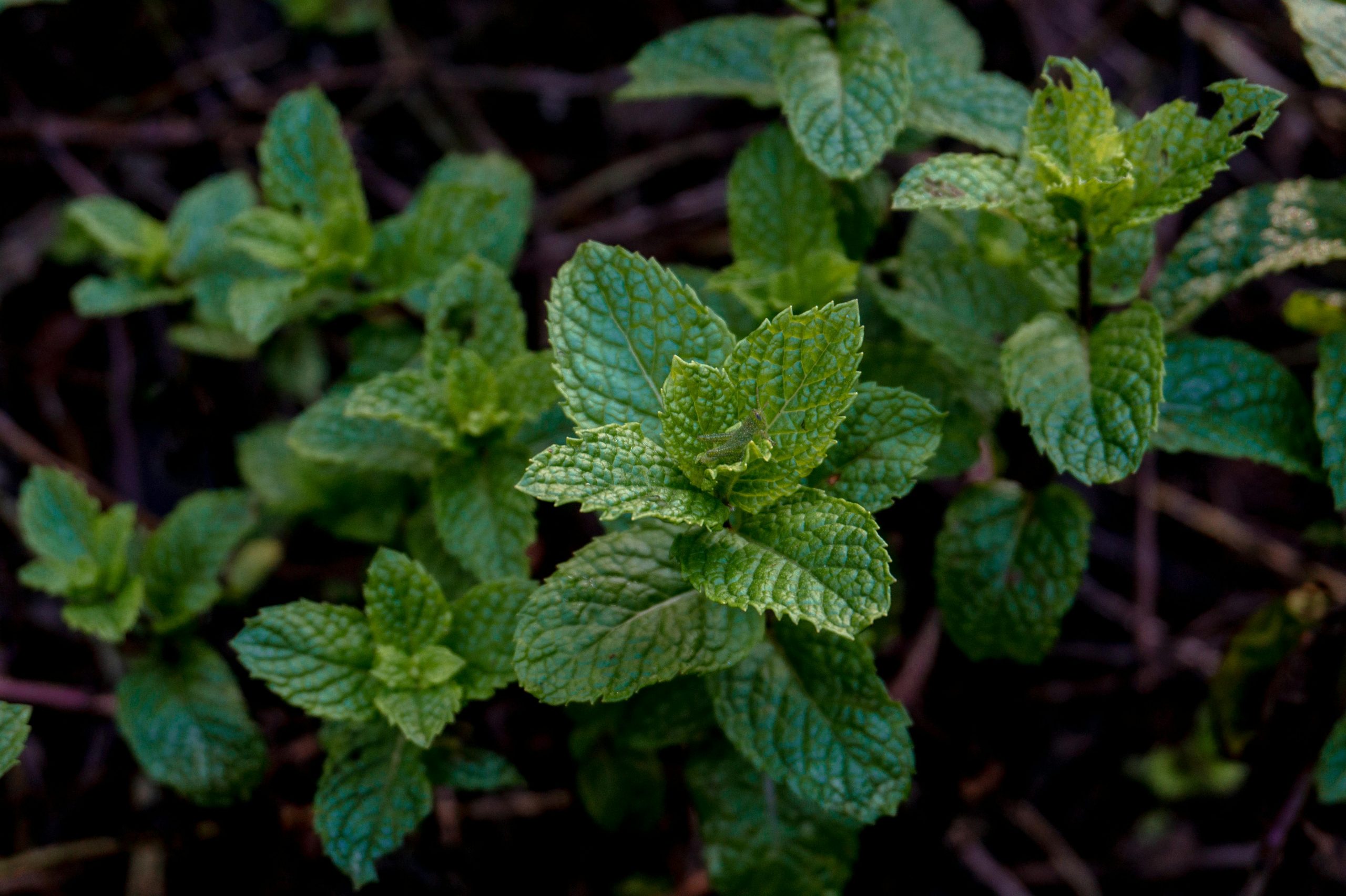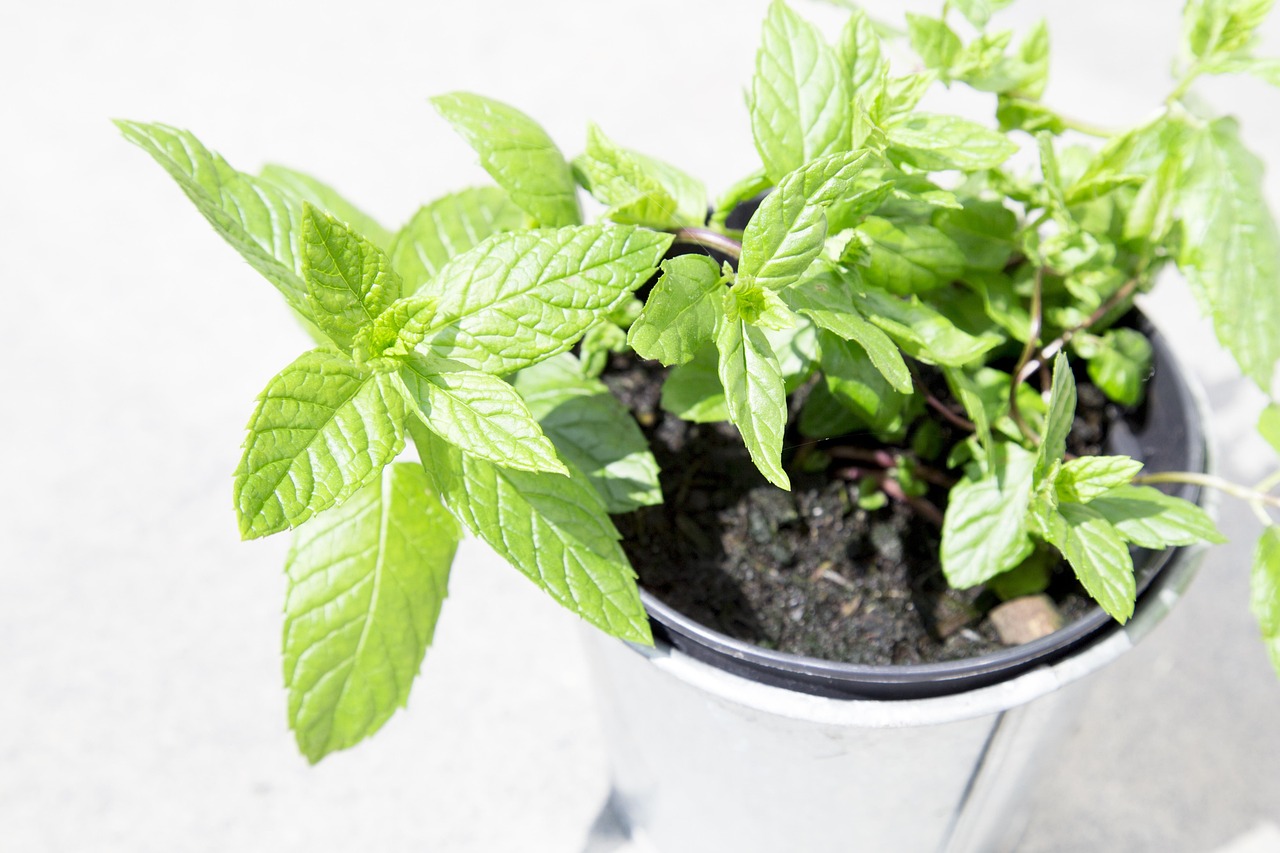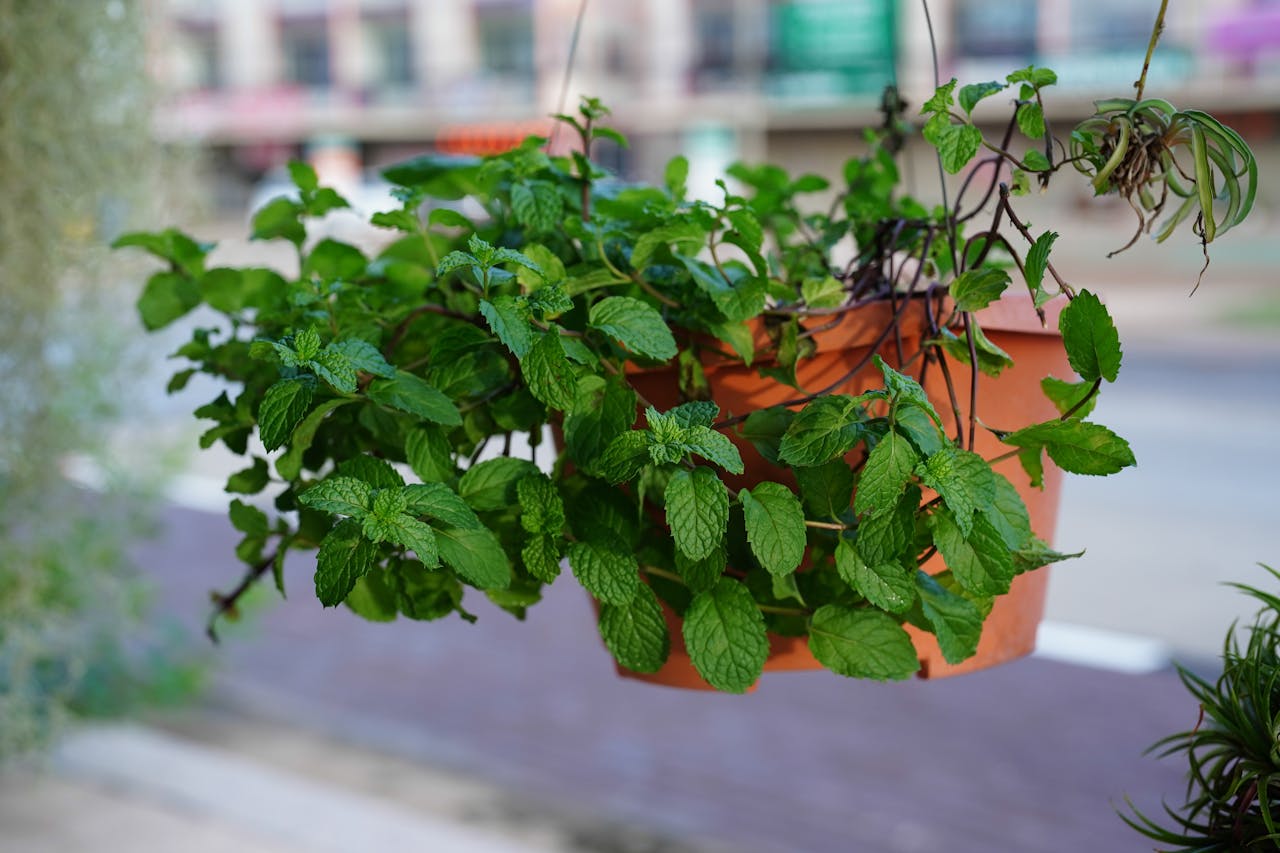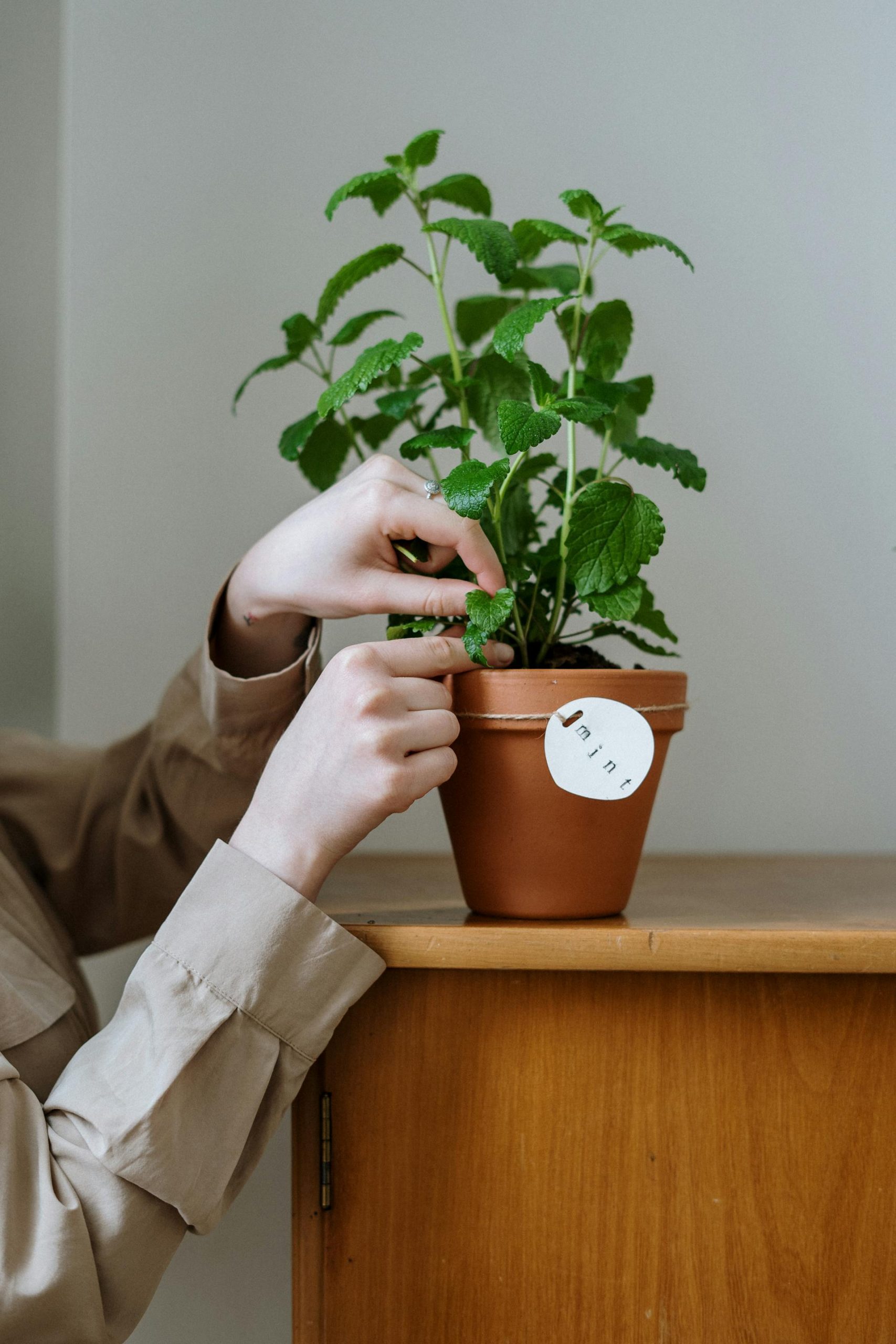Mint is a wonderful herb with many uses in cooking, tea, and natural remedies, but without the right precautions, it can invade raised beds, flower beds, and vegetable gardens before you know it.
Mint’s aggressive growth habit makes it unsuitable for direct planting in the ground, as it can quickly dominate garden beds, outcompeting other plants for resources like water, nutrients, and sunlight.

Image credit: Pixabay
Mint has runner roots
A mint plant produces runners, horizontal underground roots that emerge from the ground and produce new plant shoots. Despite choosing a suitable spot for a mint installation, it will not remain there and will start occupying neighbouring beds, potentially choking out some plants and appearing unattractive among others.

Image credit: Pixabay
Difficult to manage
Mint spreads easily and is difficult to eradicate from the garden once it has established itself. When grown directly in the ground, one might find themselves having to consistently de-weed the mint plant, which may also give it vigour to regrow. If you only grow mint in containers, you can essentially avoid these issues.
Plant your mint in containers
To prevent your mint’s runner roots from spreading, grow mint in containers or planters. These creeping roots may even travel through the drainage holes and spread throughout the garden if planted close to the ground soil and not properly maintained.

Image credit: Pexels
As fragrant and versatile as mint is, its aggressive roots make it a nuisance for open garden beds. If you wish to reap the reward without the constant nuisance of its spreading, you should grow mint in a container where its aggressive roots can be confined. Proper precautions taken, you can safely and successfully grow mint.
ALSO SEE: 5 UNEXPECTED HOUSEHOLD USES OF MINT
Featured image: Pexels

